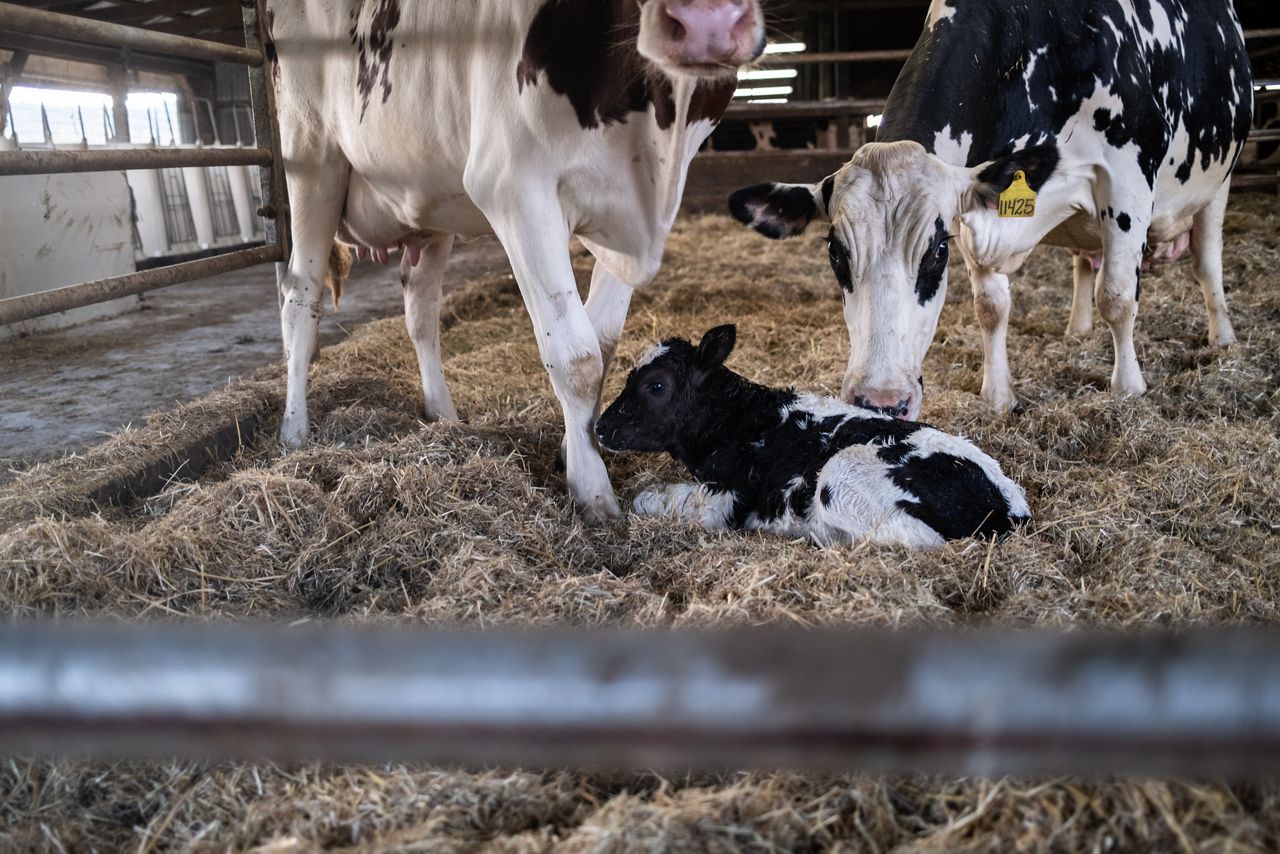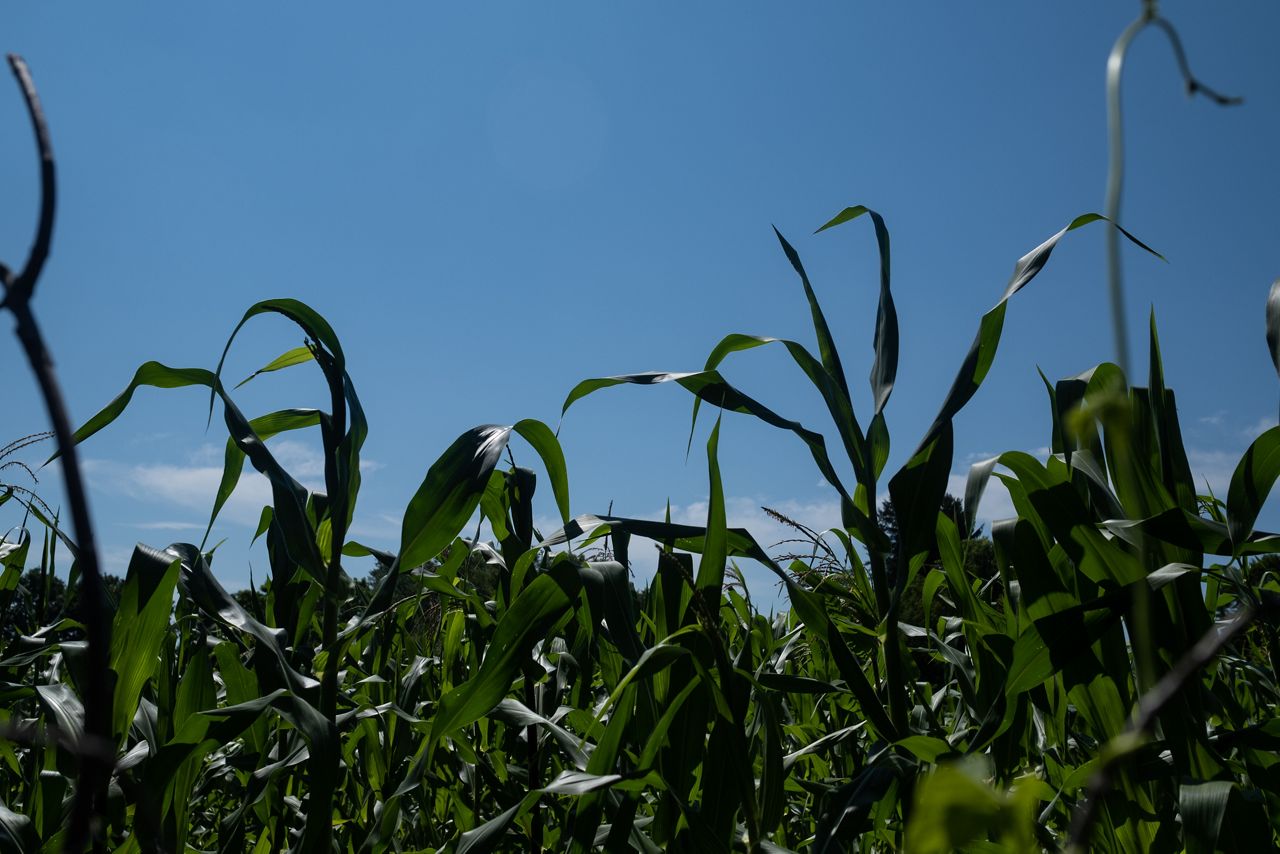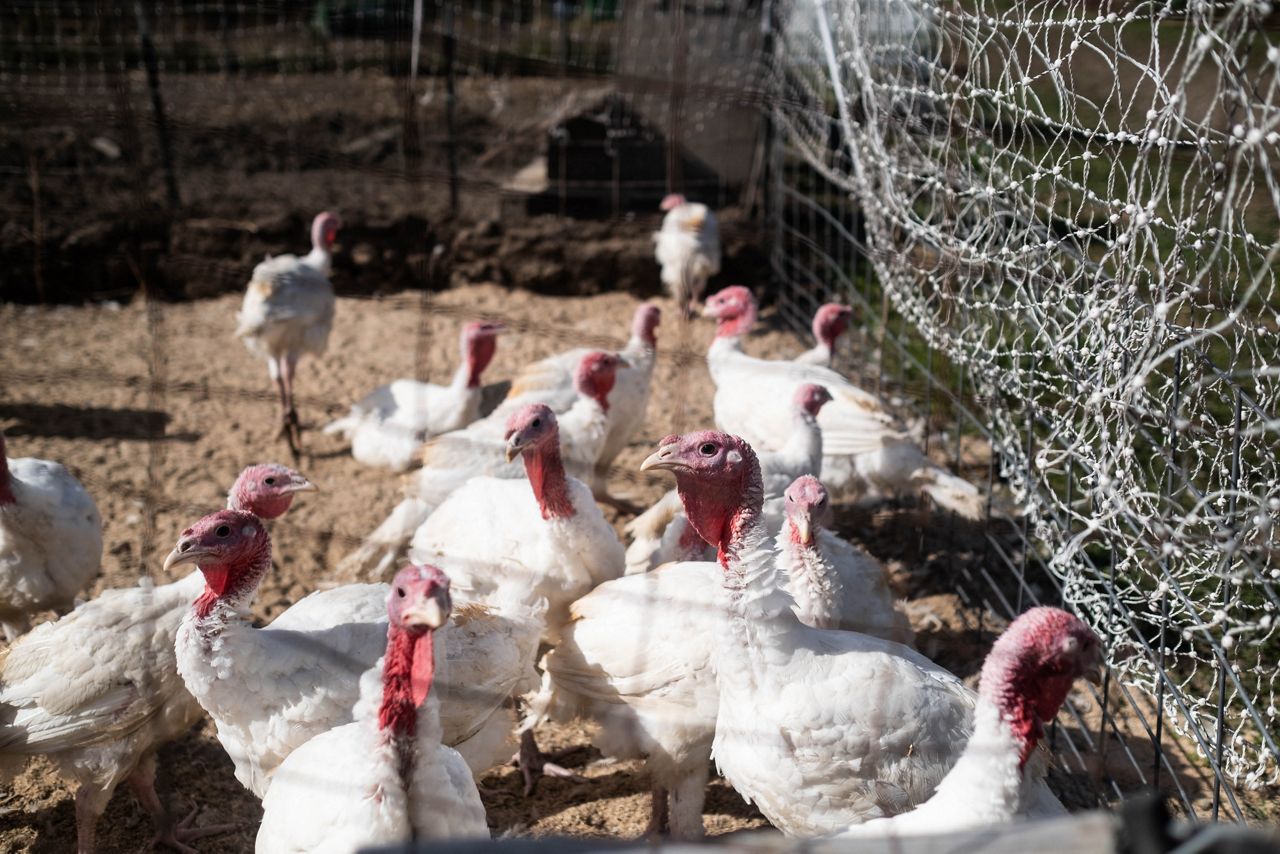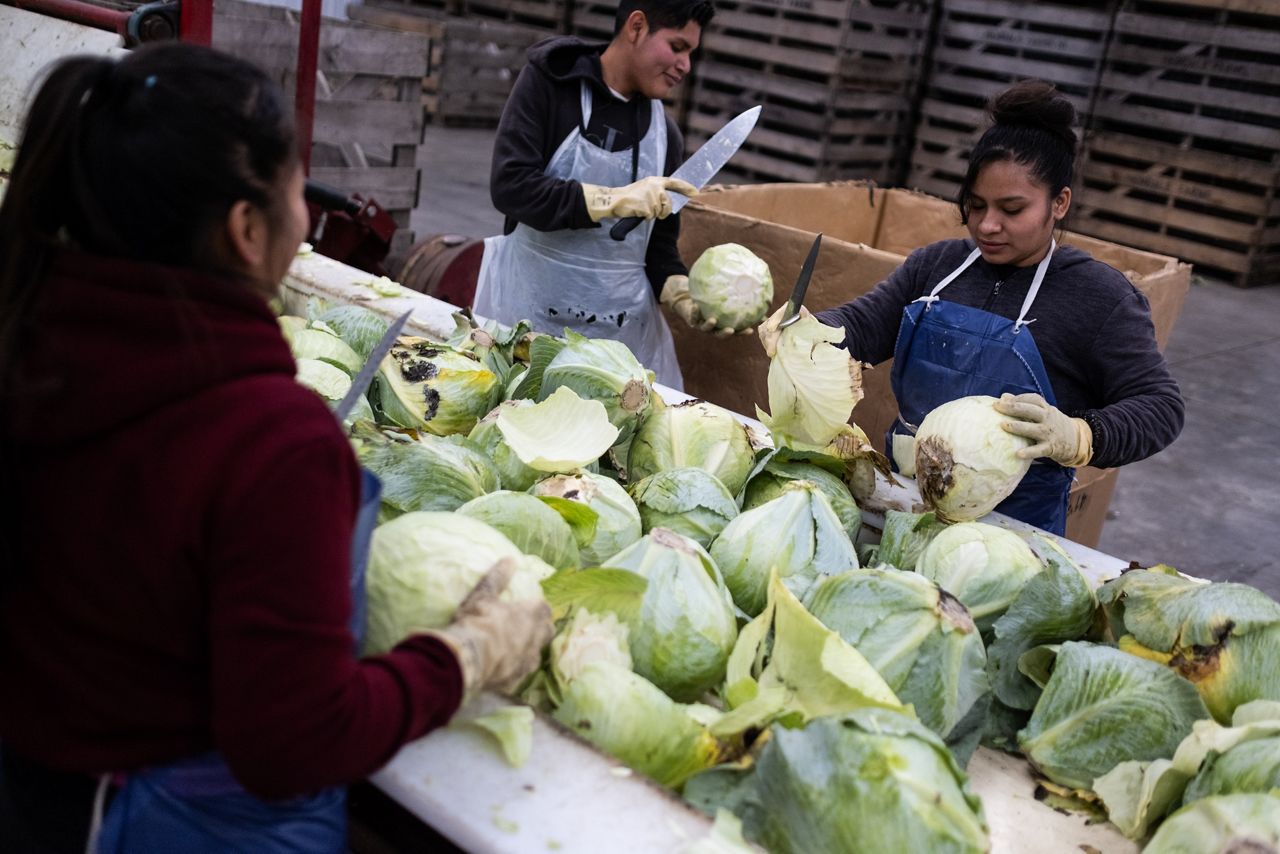Projections from the U.S. Department of Agriculture say net farm income is expected to decrease $43.1 billion in 2024 compared with 2023 – the largest year-to-year drop in history.
“It aligns with what we have been seeing because commodity prices have been dropping and expenses have been going up,” said Steve Ammerman, a spokesperson for the New York Farm Bureau.

Some of the factors the USDA attributes to the decrease — an average of $72,000 for every farm in the U.S.— include lower commodity prices, lower direct government payments and higher production expenses.
The report says commodity prices, the amount farmers are paid for their products, are expected to decrease by $21.2 billion from 2023 to 2024. Both crop and animal product sales are expected to decrease for corn, soybeans, eggs, turkeys, cattle and milk.
“The good news is fuel prices have dropped somewhat. Fuel and energy are big expenses for farms so anytime we can get those lower fuel prices, that definitely helps the bottom line,” Ammerman said.
Zippy Duvall, president of the American Farm Bureau Federation, is pushing Congress to focus on bringing costs down for farmers and passing a new farm bill.

“Farm families are suffering through the same economic hardships as all families in America. High inflation is making the food farmers grow more expensive to produce and is cutting into the income farm families rely on to pay bills, provide an education for their children and reinvest in the community,” Duvall said in a statement.
The last farm bill passed in 2018 expired at the end of last year, but with turmoil in the U.S. House of Representatives, that law was extended another year, which advocates say doesn’t factor in considerable changes in the industry in the past five years.
"It's a mixed bag of opinions on whether or not Congress will be able to get the farm bill to the finish line this year, and it being an election year certainly isn't helping matters," said Curt Covington, senior director of institution credit with AgAmerica, a national agricultural lender.
AJ Wormuth, owner of Half Full Dairy in Central New York, said everything is up as far as expenses go except milk prices.
“Inflation has driven up the cost of pretty much everything, all of our inputs. Feed is down a little bit, but everything else is eating up that little bit of savings. Just about every week we get a letter from one of our suppliers saying they have to raise prices,” Wormuth said.
And because of how milk is priced at a federal level, farmers must take the price they get. According to a market intel report from the American Farm Bureau Federation, income from dairy and milk products is expected to be down $900 million.

“We can’t set that price or ask for more. The milk price has declined drastically since 2022, fell all the way through 2023 and has kept falling into 2024,” Wormuth said.
The USDA report says total production expenses are forecast to increase by 3.8% in 2024 with labor being one of the biggest increases at 7.5%. Additional increases include marketing, storage and transportation at 12%, and cost of pesticides at 7.2%, according to the market intel from AFBF.
"High freight costs and global trade route disruptions are contributing to the elevated shipping costs while interest expenses are straining margins for highly leveraged farmers who are servicing debt with floating rates. All that being said, we aren't expecting to see input costs go down anytime soon but we're not anticipating them to spike higher than what farmers faced in 2022," Covington said.
In New York, the labor issue is of particular concern after the state made changes to the overtime threshold, which has meant they need to pay workers overtime rates above 56 hours rather than 60, and then file for a tax credit from the state.

“Our payroll since the first of the year is going up about $3,000 per week and that was on top of the $3,000 a week last year, so that has made it increasingly harder and added a lot more financial stress,” Wormuth said.
He said his budget for 2024 is looking bleak.
“Our revenue is decreasing; our expenses are increasing. There’s little to no margin there and the way things are currently looking, it’s going to be a very difficult year for dairy farmers in 2024,” Wormuth said.
Implementing risk management strategies is one way farmers can cope with the low commodity prices, Covington said.
"Crop insurance or revenue protection programs can help mitigate the impact of lower commodity prices on farm income. Farmers should carefully evaluate their risk of exposure and seek counsel in choosing risk management tools that make sense for their operation," he said.



